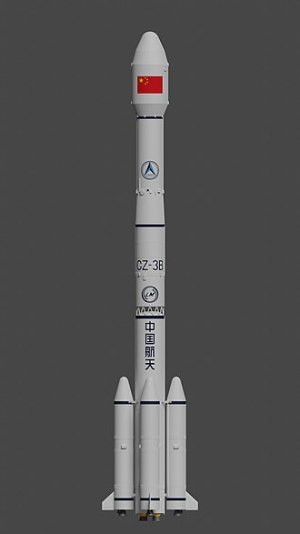Update on upcoming Starship/Superheavy test flights
Link here. As usual, this NASASpaceflight.com article provides an excellent overview of what SpaceX is likely to do on the next few test flights, including details about the possibility of reusing the Superheavy that was successfully recovered on the seventh flight.
And as usual, NASASpaceflight.com ignores the importance of politics and Trump’s election in changing the regulatory culture at the FAA. Just as it has made believe the Biden administration wasn’t forcing the FAA to slow-walk its license approvals to SpaceX, it is now making believe the Trump administration won’t do anything to force the FAA to speed its approvals.
We know however that it will. I fully expect that when SpaceX completes its investigation of the failures from flight 7 and describes its fixes, the FAA approval will following very quickly thereafter, within days. Under Biden that approval would still take months.
Link here. As usual, this NASASpaceflight.com article provides an excellent overview of what SpaceX is likely to do on the next few test flights, including details about the possibility of reusing the Superheavy that was successfully recovered on the seventh flight.
And as usual, NASASpaceflight.com ignores the importance of politics and Trump’s election in changing the regulatory culture at the FAA. Just as it has made believe the Biden administration wasn’t forcing the FAA to slow-walk its license approvals to SpaceX, it is now making believe the Trump administration won’t do anything to force the FAA to speed its approvals.
We know however that it will. I fully expect that when SpaceX completes its investigation of the failures from flight 7 and describes its fixes, the FAA approval will following very quickly thereafter, within days. Under Biden that approval would still take months.




